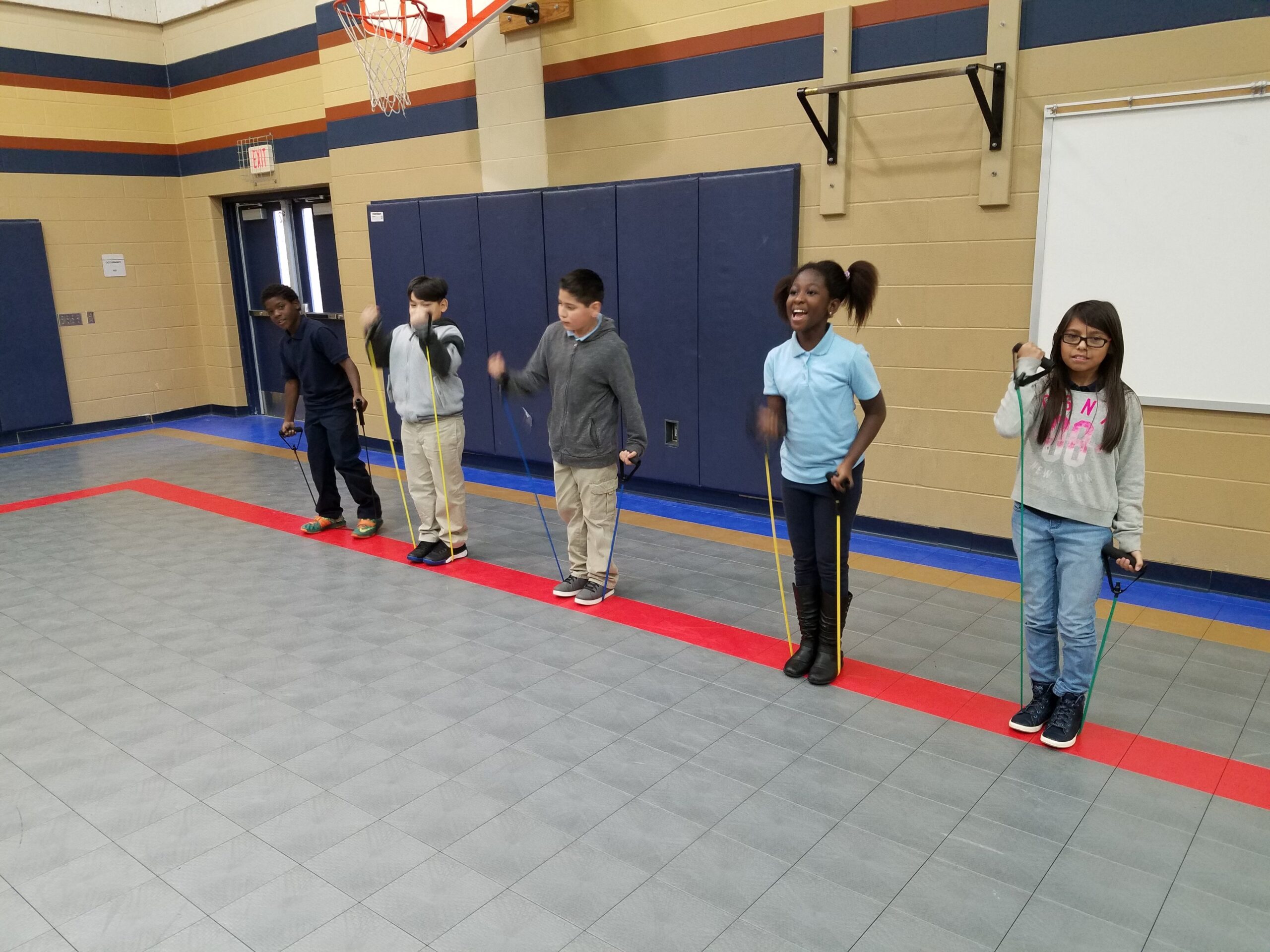Backyard Fitness Circuit Course
Enjoy the outdoors and get your heart pumping with a Backyard Fitness Circuit Course. Fitness circuit courses are a fun and interactive way for anyone to be physically active.
Read More Fitness circuit courses are a fun and interactive way for kids to be physically active. Fitness courses consist of setting up several stations with different activities for students to rotate through in short periods of time (usually one or two minutes). Courses are best in open spaces such as the gym or playground, but if space is limited, other areas such as hallways and classrooms can also be creatively used.
Fitness circuit courses are a fun and interactive way for kids to be physically active. Fitness courses consist of setting up several stations with different activities for students to rotate through in short periods of time (usually one or two minutes). Courses are best in open spaces such as the gym or playground, but if space is limited, other areas such as hallways and classrooms can also be creatively used.
Circuit courses are a great way to integrate aerobic fitness with muscular endurance and flexibility activities during PE or recess. Circuit courses can also help to introduce new activities or to reinforce self-practice of previously taught skills and movements. Training in a circuit is also an efficient way to get students active if time is limited. Get your fitness circuit course started with these steps:
Activities such as these help students explore…
Self- Awareness: Providing space for children to try new moves and activities, allows them to discover personal strengths and areas of growth. Creative fitness circuit courses also supports children in developing self-confidence to branch out and participate in new activities during PE class. Build on different activities as they move from station to station to increase difficulty and pose new challenges.
Self-Management: The best part about fitness circuit courses are the opportunities for creativity and explore goal setting through modification. Fitness Circuits are perfect for helping children control impulses and explore self-motivation through short, unique physical activities. Modifying movements or strategies can help them work towards achieving new goals whether around time, repetition or stamina.
Music helps motivate, sets a pace and adds energy and fun. Students may pick music and recommend exercises.
Consider using similar exercises in your fitness circuit course as those in fitness testing to provide ample time to practice and improve.
Post signs with pictures and cue cards to indicate where and how each activity is to be performed. Observe students during the course to correct techniques as needed.
Include exercises for all of the major muscle groups and ones that target aerobic endurance, muscular strength and endurance, and flexibility.
Include exercises that target the components of skill-related fitness such as agility, balance, coordination, power, and speed.
Students with lower levels of physical fitness and students with disabilities may not be able to do the entire circuit but should be encouraged to try each activity with modifications. Provide a graphic guide and a peer helper or adult aid for each station to make sure that all participants know what is to be performed at each station. Encourage everyone to participate at his or her own rate of speed.
Circuits can be easily adjusted to accommodate limitations of students with disabilities by adding alternative exercises or modifications. Because circuits provide a continuous activity for all participants, the wait time from activity to activity is very minimal. This may benefit some students who have difficulty with waiting or remembering. Circuits also easily accommodate lower fitness students who need additional rest breaks or to move more slowly, as students can work at their own pace.
For more activities and ideas like this one, be sure to sign up for our news and updates. And if you like what you see, please donate to support our work creating more ways to help build a healthier future for kids.
Categories: Physical Activity & Play, At School, Digital Resource